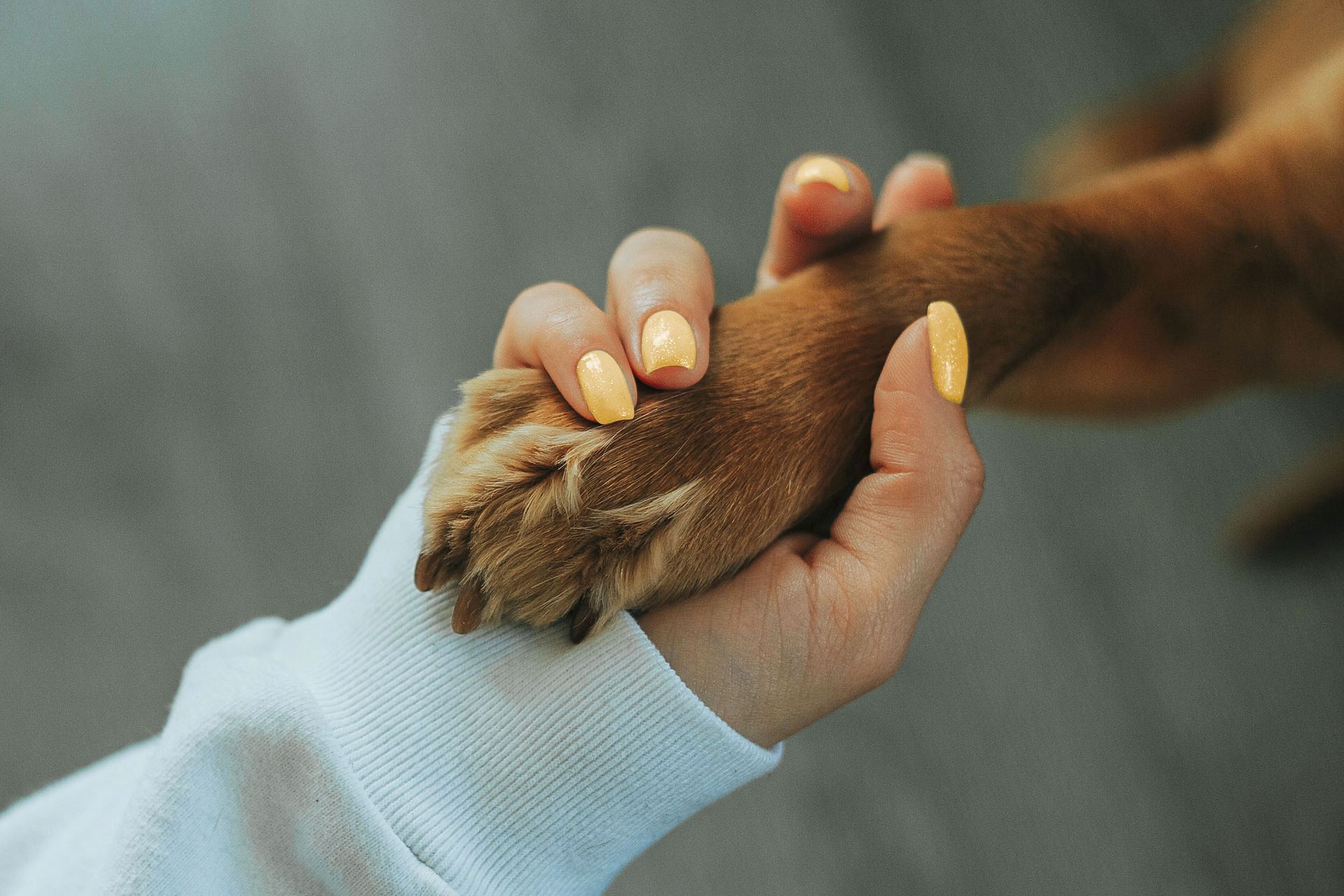
CALL US TO MAKE AN APPOINTMENT: (909) 874-4660 or (909) 874-4661
APPOINTMENTS PREFERRED. LIMITED WALK INS PERMITTED DUE TO TIME RESTRAINTS

Services

Dental Cleanings
The price varies on pet's size.
A dental cleaning, also known as a professional dental prophylaxis, is a comprehensive procedure performed by a veterinarian or a veterinary technician under veterinary supervision under anesthesia. It's much more thorough than just brushing your pet's teeth at home. The goal is to remove plaque and tartar buildup, which can lead to serious dental and systemic health problems.
A veterinary tooth extraction is the surgical removal of a tooth from its socket in the jawbone. This procedure is performed by a veterinarian, while the pet is under general anesthesia. The goal is to remove a diseased, damaged, or problematic tooth to improve the pet's health, comfort, and quality of life.
Spay & Neuter
The spay price varies on pet's weight, additional charges can be added if pet is in heat, pregnant, nursing or over the age of 2.
-
Spaying: This is the surgical sterilization of a female animal. It involves the removal of the ovaries and usually the uterus. The procedure renders the female unable to reproduce and eliminates her heat cycles.
-
Neutering (Castration): This is the surgical sterilization of a male animal. It involves the removal of the testicles. The procedure renders the male unable to reproduce and significantly reduces his production of testosterone.
-
Benefits of Spaying (Females) Health Benefits:
-
Prevents Uterine Infections (Pyometra): Pyometra is a serious, life-threatening infection of the uterus that can occur in unspayed females. Spaying eliminates this risk entirely.
-
Reduces Risk of Breast Cancer (Mammary Tumors): Spaying, especially before the first heat cycle, drastically reduces the risk of developing mammary tumors, which can be malignant and life-threatening.
-
Eliminates Risk of Ovarian and Uterine Cancer: These cancers, while less common than mammary tumors, are also prevented by spaying.
-
Prevents False Pregnancies: Spaying eliminates the hormonal fluctuations that can lead to phantom pregnancies.
-
Longer Lifespan: Spayed females generally live longer, healthier lives
Behavioral Benefits:
-
AReduces Roaming Instinct: Female dogs and cats are less likely to try to escape their homes or yards in search of a mate.
-
Reduces Attraction of Male Animals: Unspayed females can attract intact males from a considerable distance, which can lead to unwanted encounters and potential danger.
-
Benefits of Neutering (Males) Health Benefits:
-
Prevents Testicular Cancer: Neutering removes the testicles, thus eliminating the risk of testicular cancer, which is common in older, intact male dogs.
-
Reduces Risk of Prostate Problems: Neutering significantly decreases the incidence of enlarged prostate glands (benign prostatic hyperplasia) and prostate infections, which can be painful and problematic for older intact males.
-
Reduces Risk of Perianal Tumors: Some tumors around the anus are hormone-dependent and less likely to develop after neutering.
-
Prevents Cryptorchidism Complications: If a testicle hasn't descended into the scrotum (cryptorchidism), it is more prone to developing tumors or twisting on itself (torsion), causing severe pain. Neutering corrects this.
-
Longer Lifespan: Neutered males also tend to live longer, healthier lives
Behavioral Benefits:
-
Reduces Roaming: Intact male dogs and cats have a strong instinct to roam in search of mates, which can lead to them getting lost, hit by cars, or injured in fights. Neutering significantly reduces this urge.
-
Decreases Urine Marking (Spraying): Male cats are notorious for spraying to mark their territory. Neutering drastically reduces or eliminates this behavior in most cases. Male dogs may also mark less.
-
Reduces Aggression: Testosterone can contribute to aggression, particularly towards other male animals. Neutering can lead to a calmer demeanor and less inter-male aggression.
-
Reduces Mounting Behavior: Neutering can decrease or eliminate mounting behavior, which can be directed at other animals, people, or objects.


Radiology
An X-ray is a quick, painless, and non-invasive diagnostic tool that uses a small amount of radiation to create an image of the internal structures of a pet's body. It's especially good for visualizing dense tissues like bones and certain organs.
Why are X-rays Necessary?
X-rays are recommended for a variety of reasons, including:
-
Injury and Trauma: To check for broken bones (fractures), dislocations, joint problems like arthritis, and soft tissue injuries. If a pet is limping or has a swollen joint, an X-ray can confirm the cause. ( some times anesthesia is needed)
-
Locating Foreign Objects: If a pet has swallowed something they shouldn't have (like a toy, a sock, or a coin), an X-ray can help the veterinarian locate the object and determine if it's causing a blockage in the digestive tract.
-
Investigating Internal Symptoms: They are used to investigate the cause of symptoms like vomiting, diarrhea, coughing, or difficulty breathing. X-rays can reveal fluid in the lungs (pneumonia), an enlarged heart, tumors, or blockages in the stomach or intestines.
-
Assessing Organ Size and Shape: X-rays can show the size and position of major organs, such as the heart, liver, and kidneys, helping to diagnose conditions like an enlarged heart or organomegaly.
-
Pregnancy Confirmation: To confirm pregnancy and count the number of puppies or kittens.
Radiology Consultation
A radiology consult is when your veterinarian sends your pet's diagnostic images—like X-rays or ultrasounds—to a veterinary radiologist for review and interpretation. A veterinary radiologist is a specialist who has completed years of advanced training in diagnostic imaging, similar to how human doctors consult with radiologists.